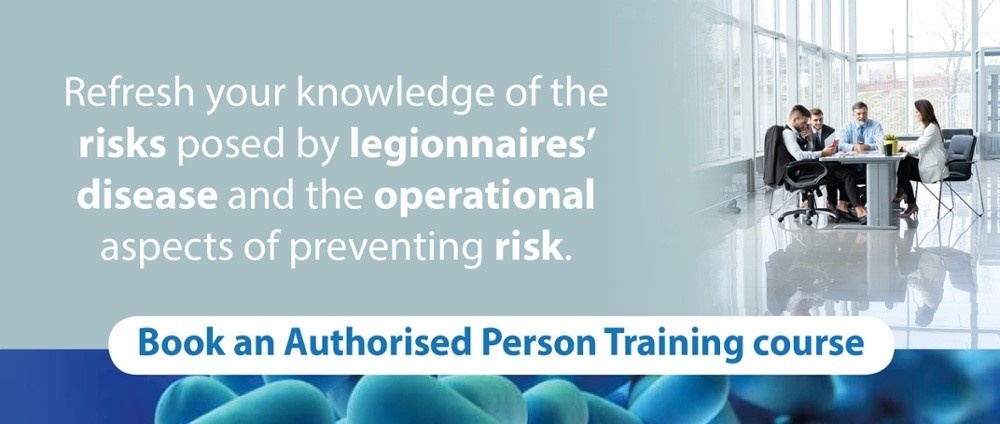Temperature control is widely recognised as the traditional means to reduce Legionella risk within domestic hot and cold water systems. The correct method for taking a temperature from an outlet is important to demonstrate that a temperature control strategy is compliant.
This Water Hygiene Centre Academy Video Covers;
- What you need for correctly taking temperatures
- How to accurately take temperature readings and record them
In order to understand what temperature monitoring entails and how much planned preventative maintenance should be completed in accordance with guidance notes (HSG274 Part 2 (table 2.1), it would, first of all, be prudent to differentiate between the requirements of managing hot and cold water distribution systems.
Cold Water Systems
Monitoring cold water systems requires the adequate identification of ‘sentinel points’ – defined as the ‘nearest’ and ‘farthest’ monitoring points; to/from cold water storage cisterns and on long pipework branches to provide assurances that cold water is <20°C and that this can be achieved within x2 minutes of opening an outlet.
Additionally, it is imperative that cold water storage tanks are adequately sealed to prevent the ingress of organic contamination. A well-sealed tank not only protects against external pollutants but also minimises the risk of internal contamination from biofilms or sediment buildup. Regular maintenance and inspection of these tanks are necessary to uphold their integrity and ensure they meet health and safety regulations.
Hot Water Systems
Monitoring hot water systems ‘initially’ requires differentiating between non-circulating and circulating water systems. Non-circulating systems require the identification of sentinel points (as per the rationale for cold water systems) to provide ‘monthly’ assurances that hot water (>50°C within non-health estates and >55°C within health estates) is achieved within x1 minute of opening a given outlet.
Temperature parameters will be determined by the occupant susceptibility within the building, these parameters are detailed in: HTM 04-01: Safe Water in healthcare premises. Part B: Operational management.
Read our blog for more advice on temperature monitoring of loops and sentinel points
Feel free to reach out if you have any questions about the issues mentioned above or if you would like to consult with one of our experts on water hygiene.
Editors Note: The information provided in this blog is correct at date of original publication - August 2023.
© Water Hygiene Centre 2023








